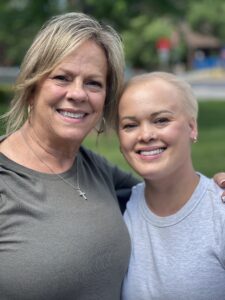Educating others about the ectodermal dysplasias stands at the very heart of our mission. That education goes far beyond just affected individuals and their loved ones. It extends to doctors and the next generation of medical professionals.
On July 9, twelve individuals affected by various forms of ectodermal dysplasia helped the NFED teach more than 35 doctors, residents and medical students at a Dermatology Grand Rounds at the University of Minnesota Department of Dermatology. The goal was to help the medical community recognize the common signs and symptoms of ectodermal dysplasias and understand the importance of early diagnosis and treatment.
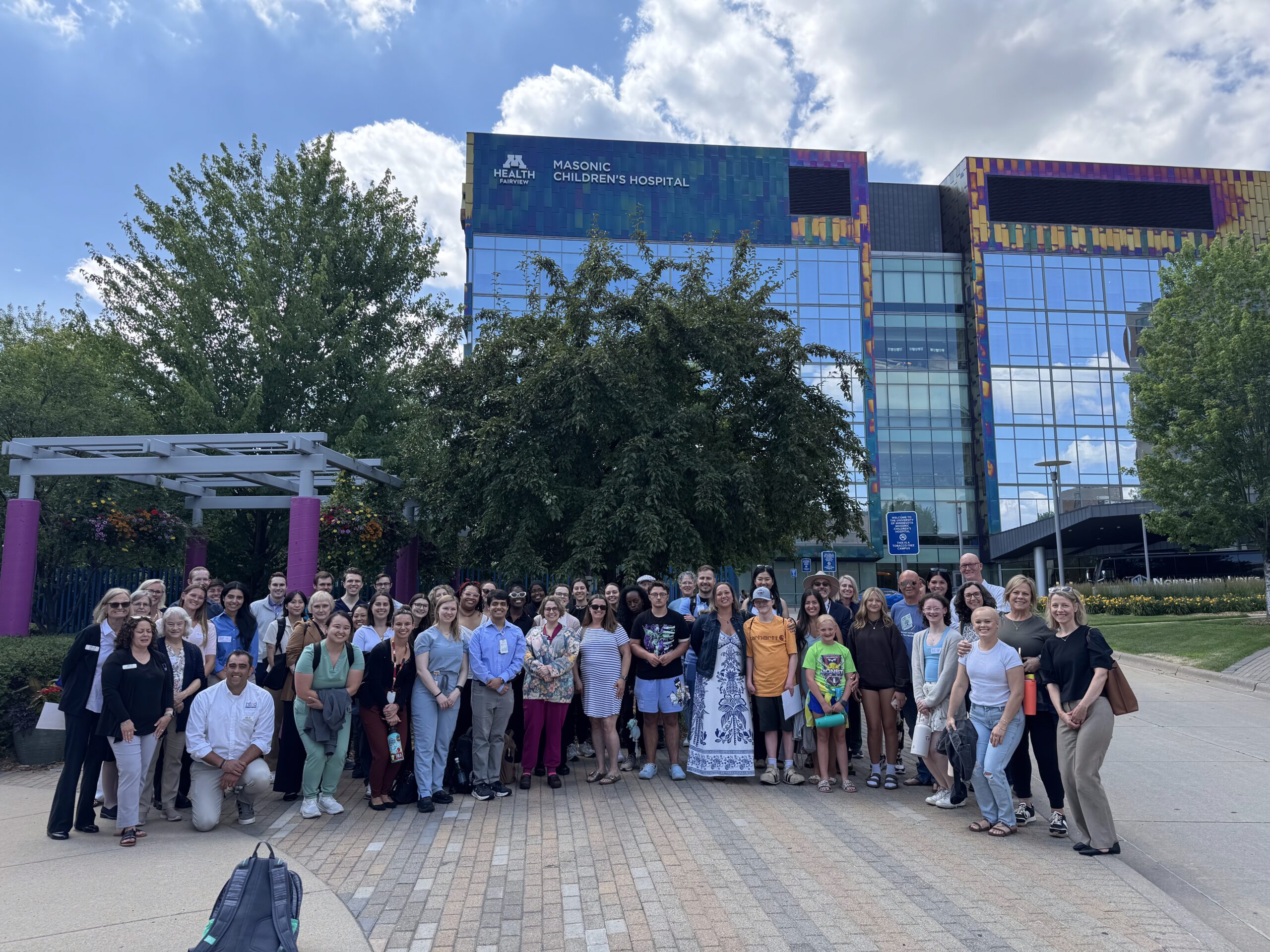
Real Stories, Real Impact
While medical textbooks are helpful, nothing compares to learning directly from those who live with these rare conditions. Grand Rounds are educational sessions held in a hospital that offer a unique opportunity to hear patient stories and observe physical findings firsthand.
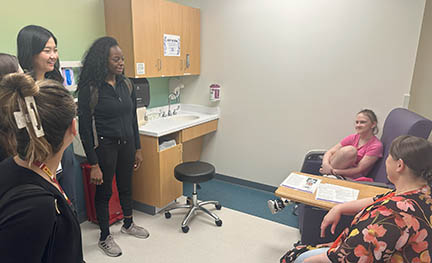
At this event, each affected individual sat in a hospital room as health care professionals rotated through, listening to their stories, asking questions and learning about their dermatologic symptoms.
NFED Executive Director Mary Fete said it was an extraordinary educational event. She said the synergy that happens when we bring people together to better understand these complex disorders is powerful.
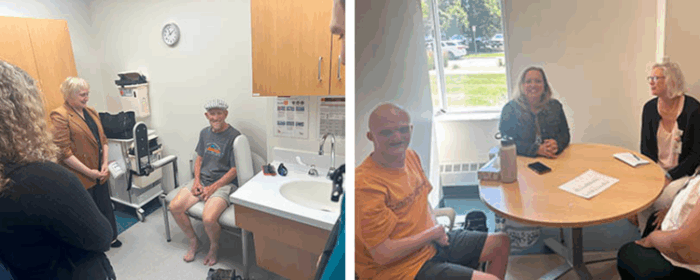
“The families brought a level of humanity, insight, and meaning that no textbook could ever convey. The faces and stories shared will stay with these professionals throughout their careers, and likely, their lives. We are deeply grateful to the Department of Dermatology at the University of Minnesota and to all the families who participated in Grand Rounds:
- Ava, acro-dermato-ungual-lacrimal-tooth (ADULT) syndrome;
- Caleb, Hannah, Charley, and Charley, x-linked hypohidrotic ectodermal dysplasia (XLHED);
- Ethan and Jack, ectrodactyly-ectodermal dysplasia-clefting (EEC) syndrome;
- Jordan, Goltz syndrome;
- Karl and Samantha, type unknown; and
- Pam and Oliver, incontinentia pigmenti (IP).”

Bringing the Community Together
The NFED hosted the Grand Rounds in conjunction with its 2025 Family Conference, which took place in Minneapolis. NFED Board President Karl Nelsen, who’s a physician assistant, played a key role in organizing the event. Karl and his daughter, Samantha, are both affected by an unknown type of ectodermal dysplasia.

“When there is a strong connection between patients, providers and the research community, discovery and hope are possible,” Karl said. “I am so grateful for the Department of Dermatology at the University of Minnesota for being such an important part of not only my journey, but also the wider NFED community!”
Learning from the Experts at Dermatology Grand Rounds
In addition to patient interviews, attendees heard expert presentations on each case, an overview of the ectodermal dysplasias, dermatological symptoms, genetic testing, and the latest updates from the Edelife Clinical Trial for XLHED.
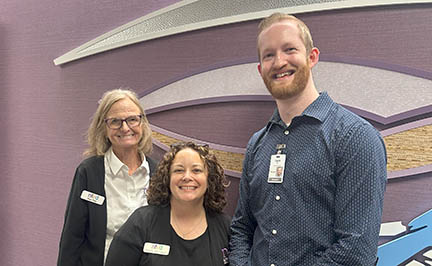
It was incredibly moving when one of NFED’s participants, Caleb spoke to the medical community during the lecture portion. A long time patient now medical student, Caleb thanked the physicians and students for their work to help people affected by ectodermal dysplasias thrive and gain the ability to do simple things like biting into an apple.

We sincerely thank the Planning Committee who brought this event to life: Kristen Hook, M.D.; Karl Nelsen, PA-C, M.S.; Charles Billington, M.D., Ph.D.; Joshua Hill; Anthony Cardona; Heidi Hubbard, M.D.; and Mary Fete, M.S.N., R.N., C.C.M.
We are also grateful to two of our Scientific Advisory Council members, Elaine C. Siegfried, M.D., Saint Louis University; and Dorothy Katherine Grange, M.D., Washington University who gave insightful presentations during the Grand Rounds.

The NFED especially thanks this year’s Grand Rounds sponsors, the University of Minnesota Department of Dermatology, Dr. Heidi and Rob Hubbard and the Nelsen Family Charitable Fund. We appreciate their generosity in helping us educate health care professionals.
Together, we’re building bridges between families and clinicians so they can each learn from each other.
